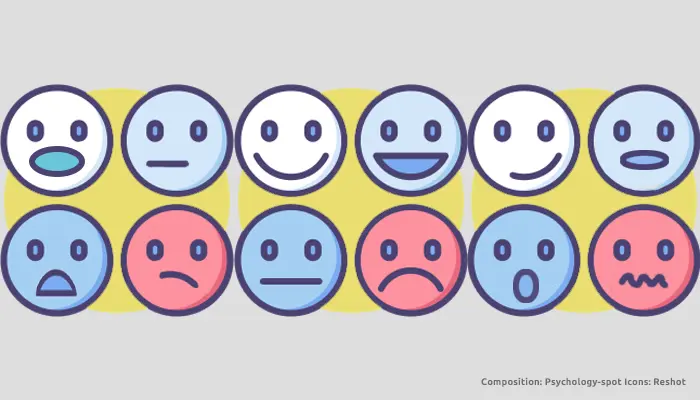
Analyzing emotions is particularly complicated for neuropsychologists because it is not something that can be verified, but is inferred from the behavior of people when they are facing the most diverse stimuli.
Thus, research in the field of emotions is based on the analysis of behavior and the measurement of the physiological changes observed. However, although emotions may seem elusive, they actually have several components that can be separately quantifiable.
1. Physiology of emotions. Physiological components of the central and autonomic nervous system are included as well as the resulting changes in neuro-hormonal and visceral activity. Therefore, it can be understood that emotions produce changes in heart rate, blood pressure, distribution of blood flow, sweat and in the digestive system. Each of these changes can be measurable and associated with different emotional states.
2. Motor-distinctive behavior. Facial expression, tone of voice, and posture express moods. These motor behaviors are especially important since they are carriers of direct action that can sometimes differ from verbal behavior. In other words, a person can affirm that he feels good but his body and gestures indicate negative emotions.
3. Cognitive self-report. Obviously, behind each emotion there is almost always a reason that can be expressed and understood from the cognitive point of view. Therefore, to understand emotions, people are often asked to talk about them and try to explain them. Interestingly, this comprehensive attempt has also a strong therapeutic effect.
4. Unconscious behavior. Cognitive processes that influence behavior and emotionality are not always aware. We can make decisions based on “intuition” (or from hunches that are apparently unfounded). However, many times we offer small clues such as body movements that can indicate to an expert researcher that we are changing the way we think and feel.
At the end, a good researcher analyzes all these signals together and is able to determine the emotions and their intensity, even when the person is not able (or does not want to) recognize them.
Source:
Kolb, B. & Whishaw, I. Q. (1980) Fundamentals of Human Neuropsychology. Freeman: San Francisco.



